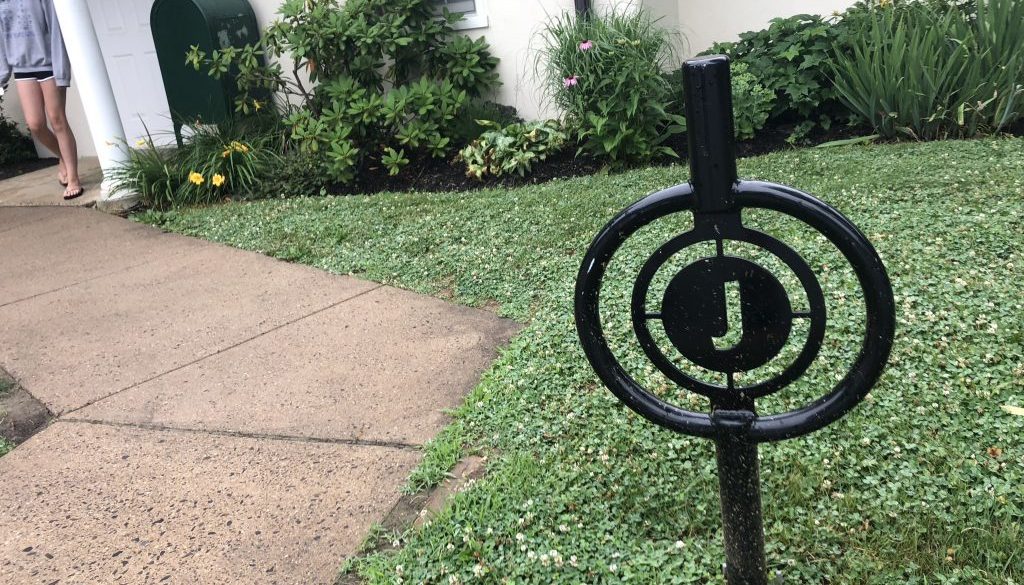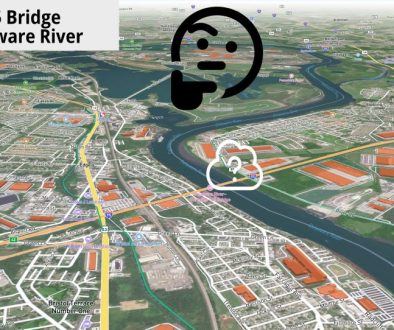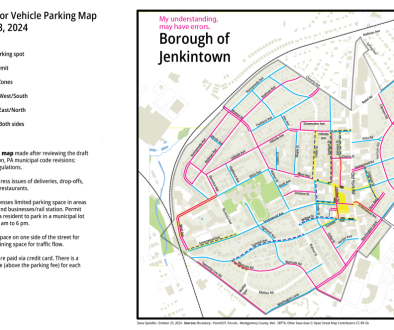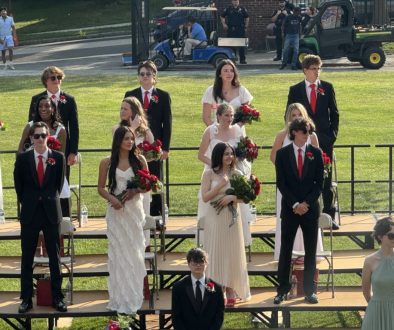Municipal bike plans for Montgomery County
Now that Montgomery County has a bike plan, it is up to municipalities in the county to create their own. It’s true that bike plans can be expensive, but they don’t need to cost anything.
This morning I was looking at maps that showed a landscape to serve a different demographic in Cheltenham. When I saw the polo fields, I thought about how quickly land use can change. Within a time period of 50 years it may not seem like a lot is changing, but the environment is always changing.
Sometimes change has to start with individuals who are willing to educate themselves and find ways to communicate a vision for people to get behind. And what happens is that advocacy organizations can get behind these individuals by celebrating their efforts.
Here’s a garden example of an individual making a difference and being recognized:
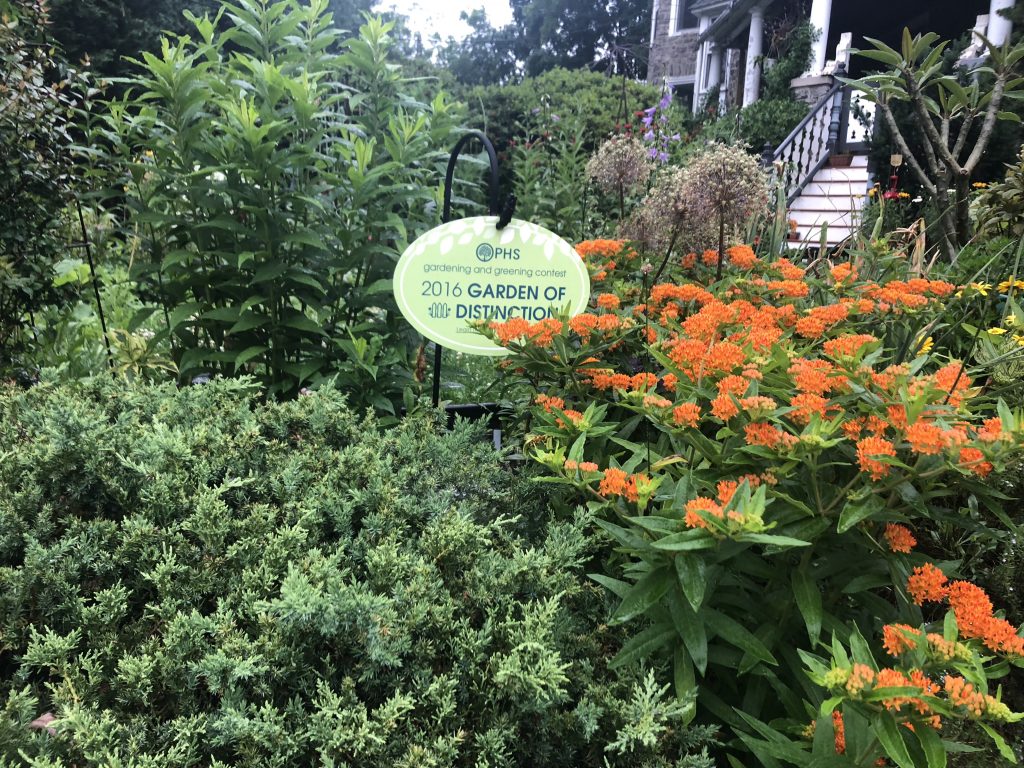
Everyday I walk past this wonderful garden. Even though an individual has taken responsibility, the benefits overflow to others. In a similar way, a business that accommodates cyclists sets an example for others.
People need some guidance
I literally have a front row seat to hundreds of bicycle and pedestrian plans all over the United States and Canada. This morning I was looking at a trail plan for Manhattan, Kansas.
I started to brainstorm. What should advocates for more livable and less car-centric communities know about? This list will need to be flushed out, but here are some initial thoughts.
Starting today, there’s something we can all do… Bike to the grocery store
The number one thing most people can do to make where they live more bikeable is… bike instead of drive. This morning, Whitney was telling me that she doesn’t feel safe on the roads, so she rides on the sidewalks. Kimberley, on the other hand, refuses to bike on sidewalks. Whitney doesn’t feel good about riding on a sidewalk, and she doesn’t feel like getting hit by a car. It’s been years since she’s actually biked.
I’m pretty sure that Kimberley makes sure she’s visible and doesn’t restrict herself to riding in the four inches of shoulder. What’s happened is that people who are not comfortable with traffic join her. They feel safer as a group.
You’ll see that there’s a lack of parking at many grocery stores. Even where there is bike parking, like at Target or Whole Foods, the parking lots aren’t that accommodating. The entrance at Trader Joe’s is awful.
If I’m biking to Trader Joe’s, I just use caution. I give way to cars that aren’t looking out for people on bikes. Using caution is smart. It means being aware of others and making eye contact.
I write all of this despite driving my daughter to school when she can walk there in 20 minutes. We have to pick our battles.
No helmet? No bike?
Montgomery County gives away helmets. Here’s the next event: Saturday, June 30th from 8:30 am-12 pm at the Port Providence trail head of the Schuylkill River Trail (1000 Longford Rd, Phoenixville). Or, you can go to Keswick or Circle Cycle or REI or any number of places to buy a helmet.
Any bike that you’ll use to substitute car trips is a great investment.
People are always asking me where they should go to get a bike. If you are in Jenkintown and want something close by, Circle Cycle in Bryn Athyn and Keswick in Glenside are worth checking out. I think both shops are supportive of newer cyclists. Some people go to lots of shops so that they can test ride different bikes. Others go to chain stores, like REI and Performance, that large inventories to see in person. These are further away.
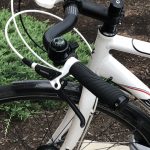
I rely on brands to take the guesswork out of buying a bike, but if you find a bike that you like and will ride, then that’s probably a good choice. The difference between a $1200 bike and a $2300 bike tends to be in the components.
I like commuter bikes that have fenders, racks, durable tires, hub generators and kickstands. They can be really comfortable and quiet. The ergonomics and grips… This one even has a compass built into the bell. All of these extras can add $500 to the price of the bike, so it can make sense to buy a bike that has them.
Learning to make a bike plan
Working on a bike plan, you’ll learn a lot and meet action oriented people. Through collaboration, you can choose your goals, get funding, and make things happen. For example, bike racks in Jenkintown were paid for by the Jenkintown Community Alliance and installed by Jenkintown Borough’s Public Works Department. They were manufactured in Minneapolis by Dero and shipped here for about $140 each. But a plan is a lot more than bike racks.
Core of the plan
The core of the plan is a committee where members are researching, photographing, and writing about what they see. People on the committee reach out to their neighbors and discuss the potential for reducing car use increasing the viability of bicycling and walking. Dialog and learning about what’s being done elsewhere that we can adopt is important.
Data and public engagement
We have a gold mine when it comes to data. Montgomery County asked DVRPC to do Level of Traffic Stress Analysis. And DVRPC did this for the entire region. DVRPC is the Metropolitan Planning Organization, and it coordinates Federally funded transportation expenditures regionally.
DVRPC not only collected data, but they did their own analysis of how to join “islands” of good streets for cycling. For the moment, let’s just look at data.
Jenkintown is great, but we should care about Abington and Cheltenham (and Old York Road, which is where many commercial destinations are). According to the model, green is relaxing for bicycling and the bold blue lines represent regional priorities for connectivity. Really important roads, like Washington Lane, Township Line and Old York Road are not good for most cyclists so they just aren’t shown here as rated.

Part of a local bike plan would be to really understand what residents care about and the problems that are most important to them.
This can be done using a WikiMapping project similar to the one that Montgomery County used.
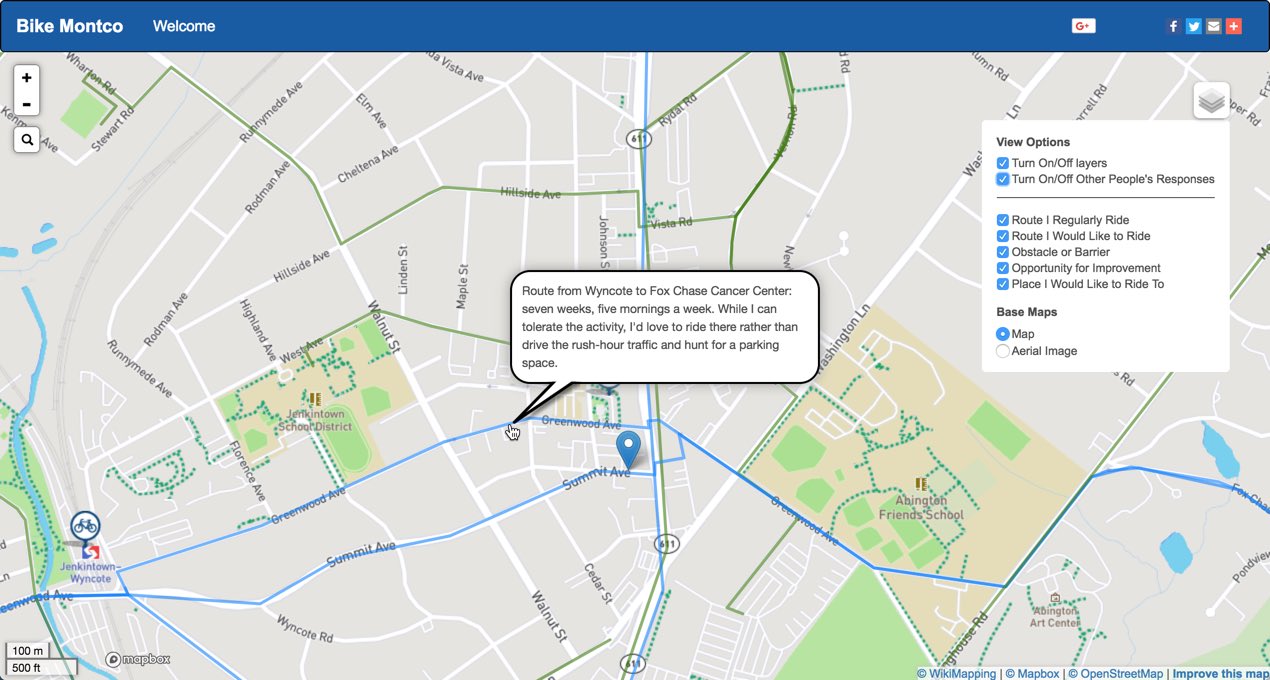
With data from the WikiMapping project to identify priority locations and problems, the committee working on the plan can create some scenarios for improvements.
I’ve written enough for now. Maybe my next step will be to create a matrix of municipalities and to track where they stand on creating a bike plan. Time to go for a ride. Or maybe I’ll just focus on thinking about what a plan for Jenkintown might look like.
